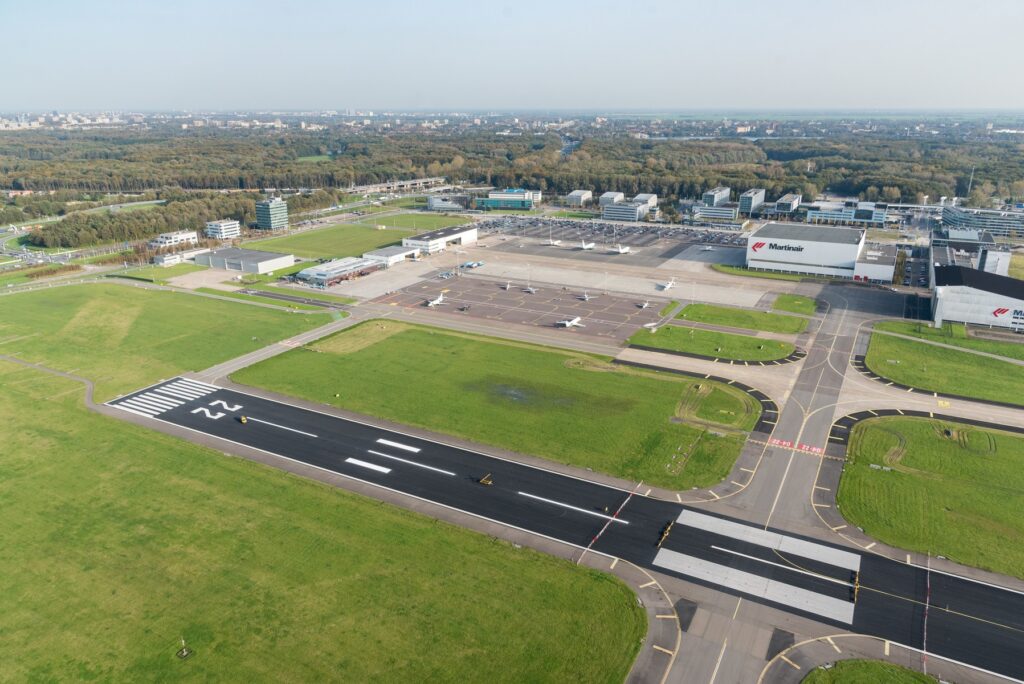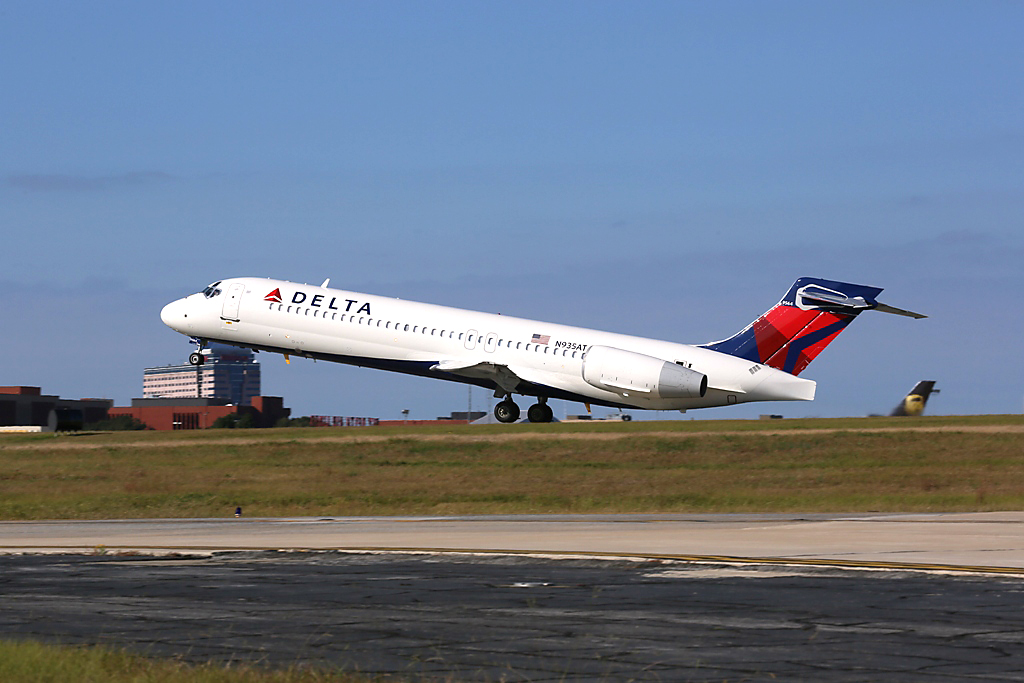
On 12 January 2023, a Delta Air Lines Airbus A330-300 landed 11 metres short of the runway at Amsterdam Airport Schiphol. Due to the early landing on runway 22, the main landing gear made contact with the ground 11 metres before the runway threshold. The aircraft struck several runway lights. The aircraft sustained minor damage, and no one was injured.
Incident Overview
- Date: 12 January 2023
- Aircraft: Airbus A330-300, operated by Delta Air Lines
- Location: Amsterdam Airport Schiphol, Runway 22
- Occurrence: Aircraft landed 11 metres short of the runway threshold, striking several runway lights. Minor damage to the aircraft, no injuries.
Factors Contributing to the Incident
- Runway Perception: The perception of a shorter runway led to an overestimation of the risk of an overshoot compared to an undershoot.
- Weather Conditions: Gusts of wind and a downdraft just before landing caused the aircraft to lose altitude.
- PAPI System: The Precision Approach Path Indicator (PAPI) system’s glide path resulted in a reduced safety margin over the runway threshold.
Investigation Findings
- Runway 22 is long enough for safe landings but does not provide sufficient threshold crossing clearance for large and long aircraft, particularly those classified under Eye-to-Wheel Height Category 4.
- The Instrument Landing System (ILS) and PAPI system configurations do not meet ICAO and EASA standards for these aircraft.
- The Minimum Eye Height over the Threshold (MEHT) is published in the Aeronautical Information Publication (AIP), allowing operators to assess runway suitability, but the risk remains insufficiently mitigated.
Recommendations: To Amsterdam Airport Schiphol
- Restrict Use of Runway 22: Limit the use of Runway 22 for landings by Eye-to-Wheel Height Category 4 aircraft until adjustments are made to ensure compliance with minimum threshold clearance standards.
- Adjust ILS and PAPI Systems: Modify the configurations of the ILS and PAPI systems to meet ICAO and EASA standards for Eye-to-Wheel Height Category 4 aircraft, ensuring adequate safety margins.
Conclusion: The incident highlights the critical need for an integrated safety approach that includes comprehensive risk analyses, pilot training, and systematic evaluations. By addressing the specific shortcomings in the ILS and PAPI systems and restricting the use of certain runways until necessary adjustments are made, Amsterdam Airport Schiphol can significantly enhance safety for large aircraft landings.



